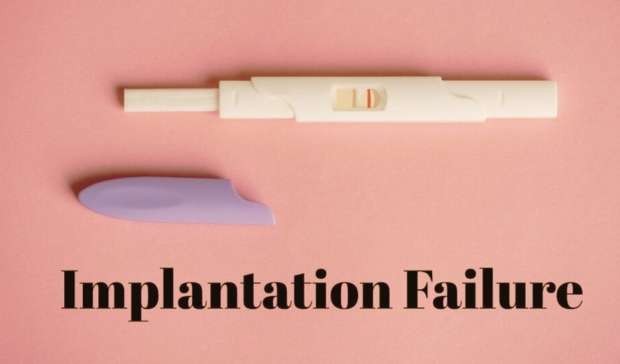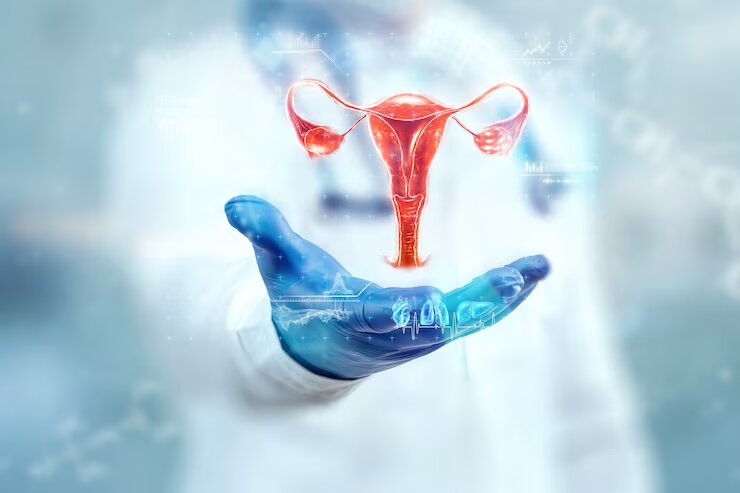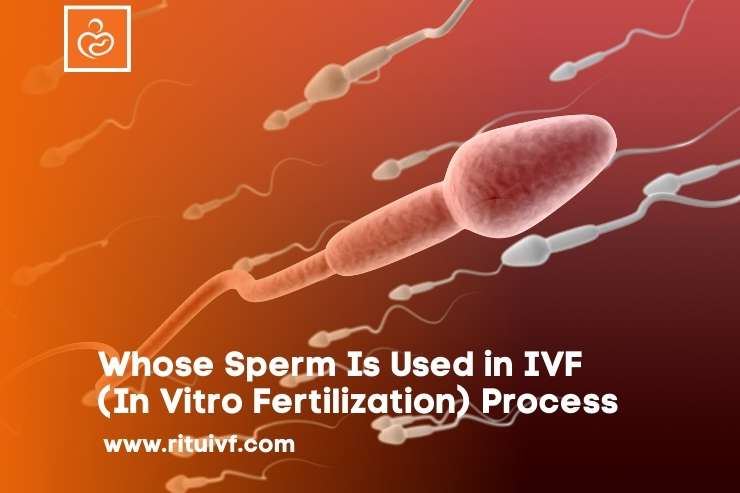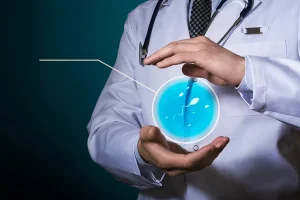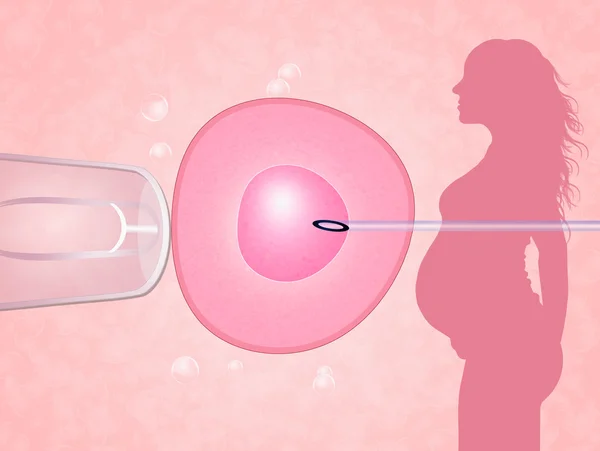Couples who are undergoing in vitro fertilization (IVF) at Ritu IVF Center now have the opportunity to check embryos for genetic abnormalities before implantation thanks to a pioneering technology known as preimplantation genetic diagnosis (PGD). This cutting-edge method gives expectant mothers and fathers access to information that might prove essential, raising the odds of having a safe pregnancy and a well-adjusted kid. In this essay, the complexities of PGD and its applications are dissected, and Ritu IVF Center’s position at the cutting edge of this technique is discussed.
What is Preimplantation Genetic Testing?
Preimplantation genetic diagnosis is often referred to as PGD. It is a highly specialized reproductive technique that is used in combination with in vitro fertilization. PGD stands for preimplantation genetic diagnosis. Before being placed in the uterus, embryos developed by in vitro fertilization (IVF) might be subjected to this method so that medical personnel can study their genetic makeup. PGD is useful for several important objectives, including the diagnosis of genetic diseases, the selection of embryos that have the greatest potential for implantation, and the identification of the gender of an embryo.
How does the PGD procedure work in IVF?
The following are the processes that are included in the PGD procedure performed at Ritu IVF Center:
Ovarian Stimulation:
To boost the number of eggs produced by the woman, the medical team performs ovarian stimulation. Egg retrieval is a technique that requires just a small amount of surgical invasion and is used to collect these eggs.
Fertilization:
In the process of fertilization, the eggs that have been extracted are combined with the sperm of either the patient’s spouse or a donor in a laboratory setting, which results in the development of embryos.
Biopsy:
During genetic testing, the medical team takes one or more cells from each unaffected embryo between day 3 and day 5 of preimplantation embryo development in a biopsy.
Genetic Analysis:
The cells undergo a process that looks for certain genetic markers. This enables the prenatal diagnosis of genetic conditions as well as chromosomal abnormalities.
Selection of Embryos:
Embryos free from genetic abnormalities transfer to the uterus of a woman during the embryo selection process.
Embryo Transfer:
In the embryo transfer procedure, the medical team delicately implants the chosen embryos into the woman’s uterus, aiming for a successful implantation leading to pregnancy.
Benefits of Preimplantation Genetic Diagnosis
Genetic Disease Screening:
Couples who are carriers of genetic illnesses like sickle cell anemia, Tay-Sachs disease, and cystic fibrosis greatly benefit from Preimplantation Genetic Diagnosis (PGD). This technique can also diagnose sickle cell trait. The preimplantation genetic screening process selects embryos unaffected by these genetic disorders. And preventing the transmission of these illnesses to the child.
Chromosomal Abnormalities:
Preimplantation genetic diagnosis (PGD) can identify chromosome abnormalities such as Down syndrome (also known as trisomy 21) and Turner syndrome. Because of this screening, we can be certain that we will only transfer embryos that have a healthy chromosome count.
Gender Selection:
The preimplantation diagnosis makes it possible for parents to choose the gender of their kid, which is a very personal choice that may be made for a variety of reasons, including the maintenance of family harmony or the avoidance of specific genetic conditions that are associated with certain sexes.
Improved IVF Success:
PGD raises the possibility of a successful pregnancy and a healthy child by choosing embryos with the best likelihood of implantation and good development. This improves the success rate of in vitro fertilization (IVF).
Ritu IVF Centre: Expert in PGD
Ritu IVF Center is a cutting-edge IVF Center in Jaipur that specializes in assisted reproduction technologies such as Preimplantation Genetic Diagnosis. They are the leaders in PGD thanks to their extensive knowledge, innovative technology, and sensitive patient care. Some of the most distinguishing features of Ritu IVF Center are as follows:
Expert staff: The Ritu IVF Center is proud to have a staff of highly trained reproductive endocrinologists, embryologists, and genetic counselors. Who work together to deliver individualized medical attention to patients.
Technology on the Cutting Edge: The center is outfitted with the most recent innovations in genetic testing and assisted reproductive technology. Which ensures the greatest degree of accuracy and success possible.
Extensive Genetic Counselling: The Ritu IVF Center provides extensive genetic counseling to patients to assist them in making educated choices about PGD. This counseling addresses any concerns or queries that patients could have.
Ethical Practises: In the case of PGD, the Ritu IVF Center adheres to a stringent set of ethical criteria.
Conclusion:
Preimplantation Genetic Diagnosis is a ground-breaking technique that has revolutionized the area of assisted reproduction. It has also opened up new doors of hope for couples who are struggling with genetic issues. Ritu IVF Center is at the forefront of modern technology, giving couples the option to raise healthy families and make educated decisions about their reproductive journeys. modern allows it to maintain its position at the vanguard of the field. PGD at Ritu IVF Fertility Center is a monument to the power of science and compassion. It creates better futures not just for children but also for their parents.
FAQ Regarding PGD Test:
Are there PGD Risks?
PGD is safe and minimally intrusive. There is a modest risk of misdiagnosis and embryo harm during biopsy. The Ritu IVF Center takes every step to reduce these dangers.
What Genetic Abnormalities can be Tested using PGD?
PGD screens for cystic fibrosis, Tay-Sachs disease, sickle cell anemia, Down syndrome, and many other genetic defects. Individual genetic profiles may determine which illnesses to scan for.
Can PGD Ensure Pregnancy?
PGD may greatly improve the odds of a successful pregnancy and healthy kid, but it cannot guarantee either. IVF and PGD success depends on the woman’s age and health.
How much does Ritu IVF Center PGD Cost?
PGD costs depend on the genetic tests and number of embryos biopsied. During the consultation, Ritu IVF Center may offer pricing details.


